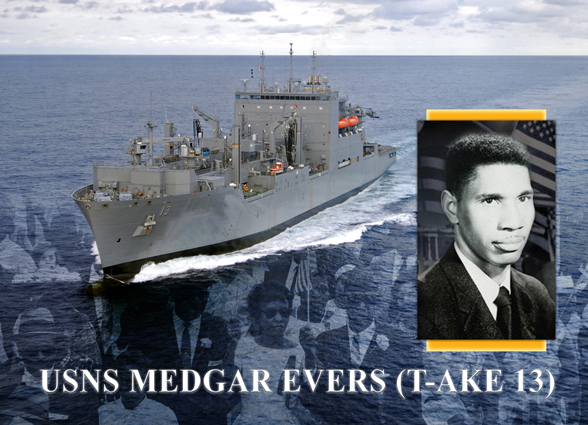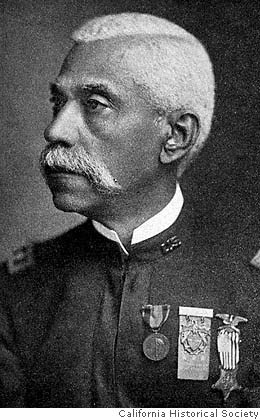 HARTFORD, Conn. — For Ensign Peggy LeGrand, the biggest concern about serving on a submarine is not spending weeks at a time in tight quarters with an entirely male crew. What worries her is the scrutiny that comes with breaking one of the last gender barriers in the U.S. military.
HARTFORD, Conn. — For Ensign Peggy LeGrand, the biggest concern about serving on a submarine is not spending weeks at a time in tight quarters with an entirely male crew. What worries her is the scrutiny that comes with breaking one of the last gender barriers in the U.S. military.
“I have a feeling more people will be focused on us. Our mistakes and successes will be magnified more than they deserve,” said LeGrand, a 25-year-old Naval Academy graduate from Amarillo, Texas.
LeGrand is among a small group of female officers who are training at sites including Groton, Conn., to join the elite submarine force beginning later this year. While the Navy says it is not treating them any differently from their male counterparts, officials have been working to prepare the submarine crews — and the sailors’ wives — for one of the most dramatic changes in the 111-year history of the Navy’s “silent service.”
The initial class of 24 women will be divided among four submarines, where they will be outnumbered by men by a ratio of roughly 1 to 25. The enlisted ranks, which make up about 90 percent of a sub’s 160-sailor crew, are not open to women although the Navy is exploring modifications to create separate bunks for men and women.
The female officers, many of them engineering graduates from Annapolis, are accustomed to being in the minority, and so far they say they hardly feel like outsiders. The nuclear power school that is part of their training, for example, has been open to women for years because the Navy in 1994 reversed a ban on females serving on its surface ships, including nuclear-powered vessels.
At the U.S. Navy’s submarine school in Groton, where eight women were among dozens who recently completed the 10-week officer basic course, Ensign Kristin Lyles said the presence of the first class of females bound for submarine duty was not even remarked upon at this month’s graduation ceremony.
“I understand the reason why. It was never explained but it was kind of implied that while we’re going through training, as soon as they started calling attention to it in that way, it’s singling us out,” said Lyles, 23, of Fairfax Station, Va. “In my experience, I am no different from the guy sitting next to me in all my classes.”
A submarine group spokesman, Lt. Brian Wierzbicki, said the Navy would not facilitate photographs or interviews with the female submariners because it does not want to distract them from training or make them feel different from their male peers.
The female officers will report to their submarines starting in late November or early December. All of the vessels are guided-missile attack submarines or ballistic-missile submarines, which are relatively large by submarine standards. They are the USS Wyoming and USS Georgia, based in Kings Bay, Ga., and the USS Maine and USS Ohio, with their home port in Bangor, Wash.
On submarines with corridors barely wide enough for sailors to brush past one another, the six female officers on board will all share a stateroom. Their shifts will be divided so that women are assigned to each sub’s two rotating crews. The lone bathroom for officers will have a reversible sign, letting men know that it’s in use by women and vice versa.
LeGrand said she is not concerned about being outnumbered.
“Space is at a premium and everyone has no space. You just get over it and do your job,” she said in a phone interview.
She said she is thrilled at the opportunity to join the close-knit submarine community, but she does not dwell on being a barrier-breaker.
“Every now and then I think about it and yeah, it’s pretty cool, but ultimately I’m just happy I get chance to serve on a sub,” she said.
The change is a source of anxiety for others, including the wives of submariners, who worry the close contact at sea could lead to sailors’ cheating.
“The issue really has to do with the creation of a relationship that becomes very close and then results in further relations ashore. That is, of course, what bothers the wives. They know the kind of relationships that happen between the shipmates,” said retired Navy Rear Adm. W.J. Holland Jr., a former submarine commander.
Although Holland said commanders would be reluctant to have women on their subs, he said the Navy pulled off a more daunting challenge last year by outlawing smoking on submarines. The crews can adapt, he said.
The Navy reversed the ban on women in submarines in April 2010. In the fall, when officials announced the first subs selected to take on female officers, senior leaders held town hall meetings with the crews and their families to address their concerns. Wierzbicki, the Navy spokesman, said training has been provided to the crews and commanding officers to prepare them for the change.
Submarines had been the last class of military vessel off-limits to women. Navy officials say one lesson they learned from integrating surface ships is to make the transition gradually. The Navy wants to make sure it is aware of any potential issues that might arise, according to Lt. Cmdr. Jean Sullivan, chief of the naval personnel’s office of women’s policy.
“There are going to be leadership challenges and maturity challenges anyone would face in their first job. There is just a spotlight on it because they’re the first on submarines,” Sullivan said.
The chairwoman of the Defense Advisory Committee on Women in the Services, retired Army Lt. Gen. Claudia Kennedy, told a committee meeting last month that one risk is that men could feel constrained and resent the presence of women.
“One of the issues around women being integrated is this thought that, ‘Oh, now because you’re here, we can’t do XYZ,'” Kennedy said. “And that creates a greater sense of isolation and exclusion for women.”
The Navy is looking into bringing women aboard the smaller, Virginia-class attack subs, which would require reconfigurations to accommodate men and women together.
LeGrand said the diverse missions of the attack subs would be appealing, but the larger submarines are just fine with her.
As a semi-professional cyclist, she’s hoping to serve on a sub large enough to bring aboard a stationary bike.
Source: yahoo
 The U.S. Navy christened its newest supply ship, USNS Medgar Evers. Named in honor of the African American civil rights leader from Mississippi, the USNS Medgar Evers is the 13th ship of a class of 14 dry cargo/ammunition ships designed and built by NASSCO.
The U.S. Navy christened its newest supply ship, USNS Medgar Evers. Named in honor of the African American civil rights leader from Mississippi, the USNS Medgar Evers is the 13th ship of a class of 14 dry cargo/ammunition ships designed and built by NASSCO. unparalleled quality standards.
unparalleled quality standards.




